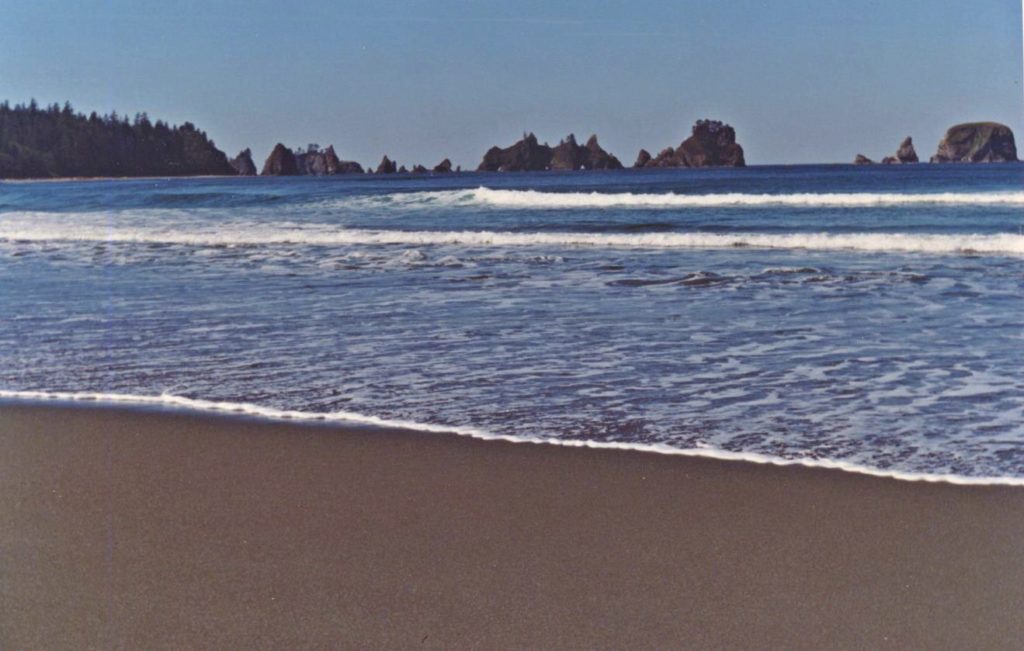“Ocean acidification refers to the whole suite of chemical changes that happen in the ocean when you start decreasing pH in ocean waters,” says Dr. Catherine V. Davis, Yale Institute for Biospheric Studies Gaylord Donnelley Postdoctoral Associate in the Department of Earth and Planetary Sciences.
Davis explains that as you add carbon dioxide to a liquid, it will decrease the pH and start to form acids.
“Think about the difference between carbonated water and tap water,” Davis says. “The carbonated water has carbon dioxide in it and forms acid, which gives you that tingling sensation on your tongue. A similar thing is happening in the ocean, with obviously some larger scale changes associated.”
Dr. Ellen Thomas, Senior Research Scientist in the Department of Earth and Planetary Sciences, further explains that the ocean is not turning into acid, per say. Instead, it is just becoming less basic.
“Remember the pH scale from elementary school,” Thomas says. “There is a number seven in the middle. Everything lower than 7 is acid, and everything higher than 7 up to 14 is basic. Before human activity, the ocean was 8.2 on that logarithmic scale, and we have now moved down by one pH unit to 8.1. The ocean is still basic, as it is still to the right of that value seven, but it has moved towards this direction of more acid – which is very serious.”
READ MORE at sustainability.yale.edu

